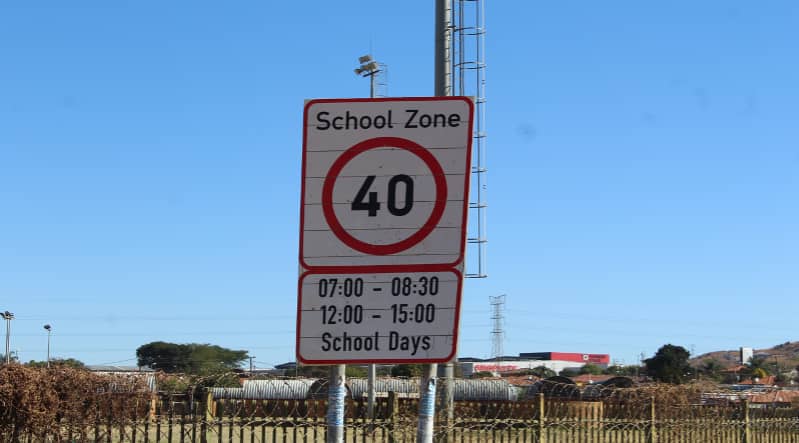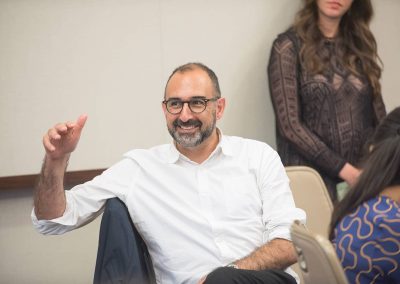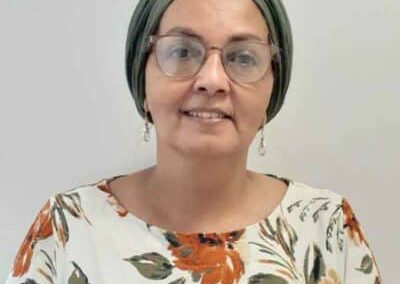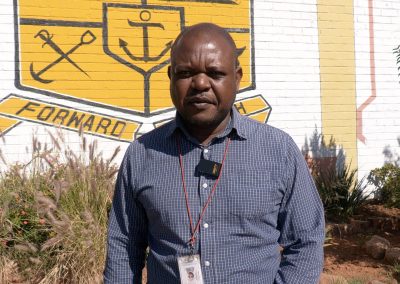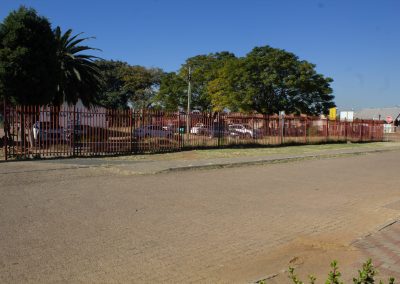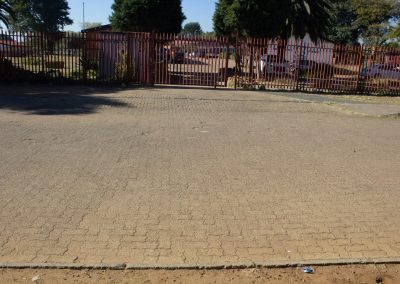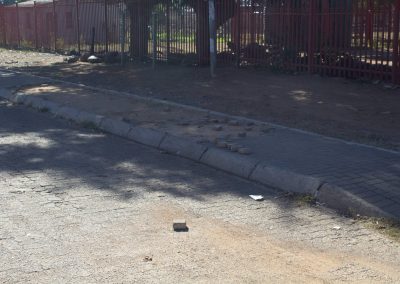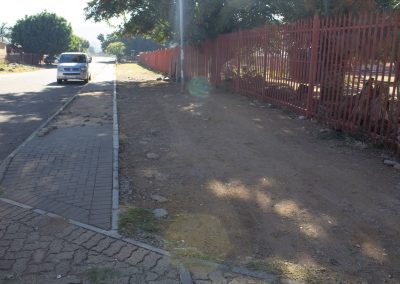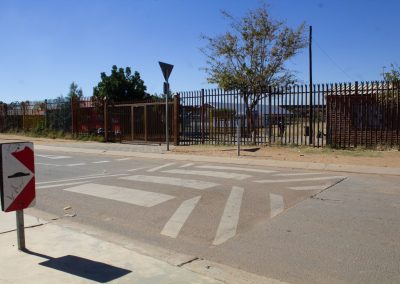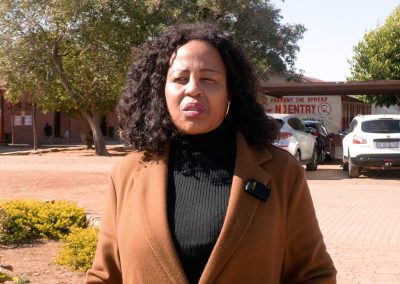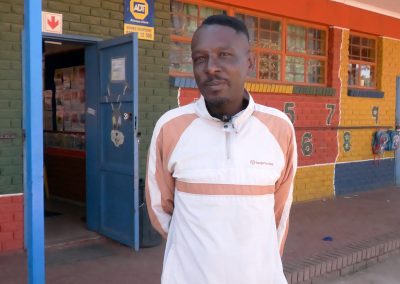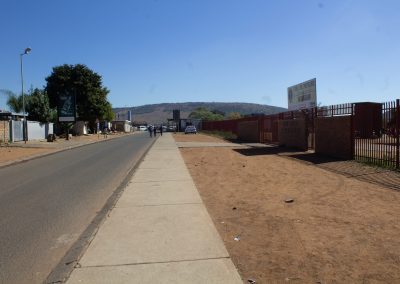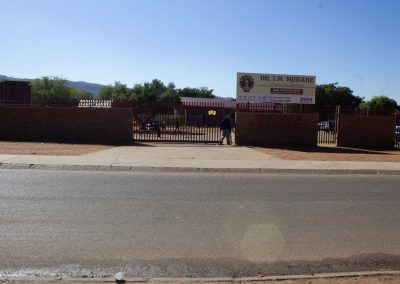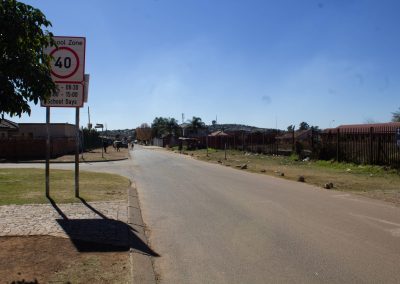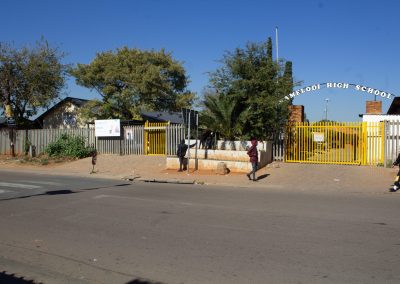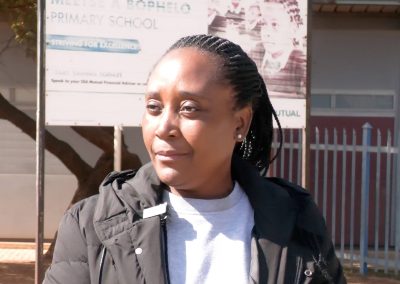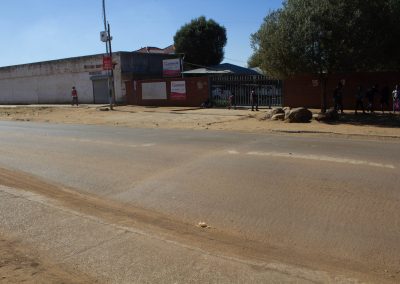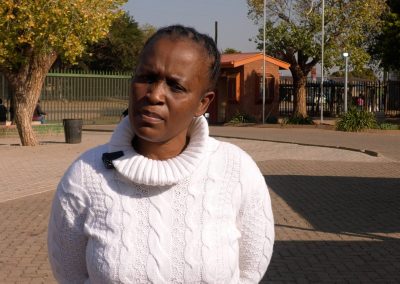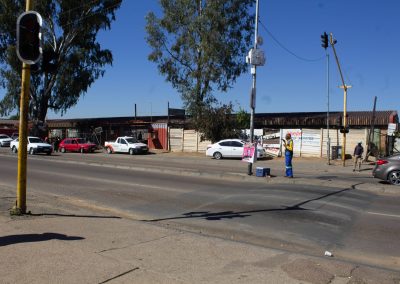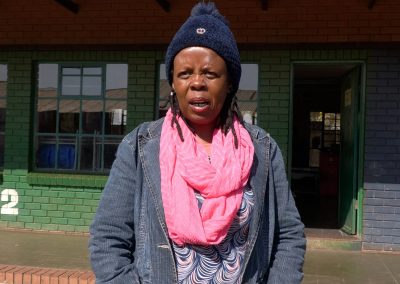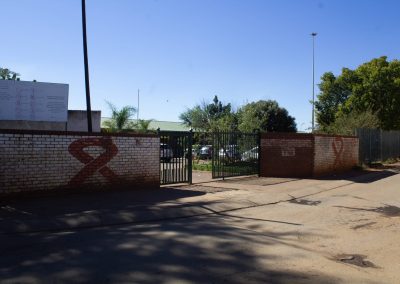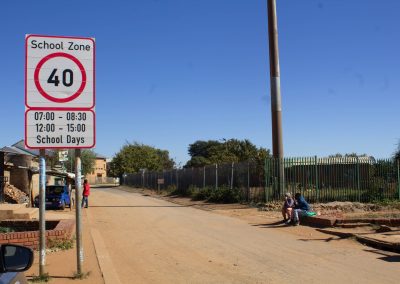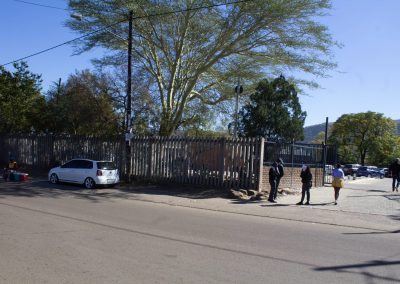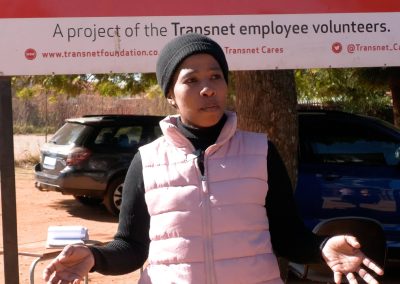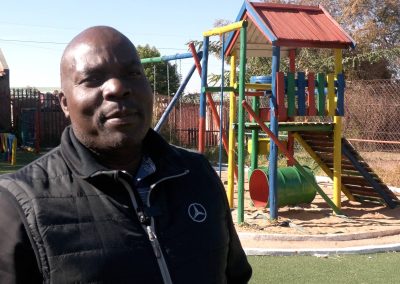Joint project to roll-out countrywide in coming years
The Automobile Association (AA) and ChildSafe South Africa, supported by international road safety charity the FIA Foundation and its Child Health Initiative (CHI), today take a significant step towards improving road safety in Mamelodi, Tshwane through the launch of the Walking Safely to School (WATCH) project. The project is further being supported and endorsed by the City of Tshwane, Gauteng Department of Education, and the Gauteng Department of Community Safety. Through various consultations, parents, learners, and the broader community also support the project.
The WATCH project aims to improve road infrastructure and promote road safety around ten schools in Mamelodi. These include modifications to physical and passive traffic measures such as road safety traffic signs, traffic markings, speed humps, raised pedestrian crossings, and sidewalks around the school zones.
The project is part of a bigger initiative to implement similar modifications at other schools across South Africa over time, which will include extensive lobbying by ChildSafe SA and the AA to reduce speed limits at school zones throughout South Africa from the current 40km/h to 30km/h.
According to the Road Traffic Management Corporation (RTMC), children constitute 10.2 percent of road fatalities in South Africa and seven percent of road fatalities in Gauteng. The stats sa 2023 General Household Survey notes that about two-thirds of the 15.4 million school-going children in South Africa must walk to school daily (p13 of full report). The World Health Organization’s (WHO) Global Status Report on Road Safety 2023 says road traffic crashes remain the leading killer of children and youth aged 5-29 years. Road safety intervention around schools is therefore critical to improve this position.
Children are at a disadvantage on the road because of their height, which limits their ability to see or be seen. A child’s cognitive skills are also limited, which affects their perception of speed and distance. Creating safer roads by reducing the current speed limit around school zones and improving road infrastructure will lead to a reduction in the number of fatalities due to road traffic collisions and injuries.
In support of the project, the City of Tshwane (CoT) conducted School Zone Road Safety Assessments at the ten selected schools in Mamelodi. The recommendations from the audit informed the environmental modifications that will be implemented in each school. The ten schools in Mamelodi selected for the project are:
Dr I.M Monare Primary School, Bohlabatsatsi Primary School, Pula Difate Primary School, Meetse-A-Bophelo Primary School, Mahube Valley Primary School, Ramahlale Primary School, Tsako-Thabo Secondary School, Zamintuthuko Primary School, Bula-Dikgoro Primary School, and Mamelodi High School.
Examples of modifications at schools
At one of the selected schools, Dr IM Monare Primary School in Mamelodi West, it was found that learners and pedestrians have difficulty crossing the busy intersection near the school because vehicles do not give them right of way, even if they use the current dedicated facilities. Learners also had difficulty crossing the streets close to the school because of a lack of dedicated infrastructure and physical traffic calming measures.
At another school – Bula Dikgoro Primary School – CoT Engineers found that learners and pedestrians from the northern side of the school have difficulty crossing the main road close to the school during peak hours. In addition, their audit found that there are not enough traffic calming measures and road safety signs around the school or any visible road marking at the main intersection, all factors contributing to making walking to school dangerous.
This project is an expansion of earlier projects including a Ford Foundation-funded project in Mamelodi, an FIA Foundation-funded project in Khayelitsha in Cape Town, and an FIA Foundation-funded project implemented with UNICEF support in Delft and Belhar, also in Cape Town.
ChildSafe South Africa emphasises that various factors contribute to the increased risk, such as inadequate road infrastructure, a lack of supervision, and the necessity for many children to walk as their primary means of transport. As such, it is imperative that interventions are implemented to make walking safer, ultimately reducing the vulnerability of pedestrians, especially children. Traffic calming measures and comprehensive road safety strategies have become an urgent necessity.
ChildSafe Executive Director and Spokesperson, Zaitoon Rabaney says,
“We continue to advocate for the 30km/h speed restriction around schools as well as environmental modifications that influence driver behaviour to adhere to slower speeds in school areas. Equipping our children and their families with the necessary knowledge and skills to navigate roads safely is paramount.
“Through educational programs, campaigns, and targeted outreach efforts, we can foster a lasting positive impact on the safety culture on our roads, especially around schools, focused on protecting our most vulnerable road users – children.
“Research shows that a pedestrian who is struck by a motor vehicle travelling by between 50km/h and 70km/h has a more than 80% chance of being killed. Survivors are often subject to serious injuries that result in physical and mental disability, often due to traumatic head injuries.”
The WATCH project in Mamelodi will be implemented over the next two years from April 2024 to March 2026 to allow for the rollout of the engineering modifications. During this time, ChildSafe will be conducting a star-rating assessment of the schools and providing road safety education.
The initiative will ensure that communities, parents, and schools will have enough capacity to alleviate road fatalities and injuries in children.
Saul Billingsley, Executive Director of the FIA Foundation says,
“The WATCH project showcases the importance of partnership across public, private, and civil organisations to address the leading global cause of child injury deaths, road traffic crashes. These infrastructure assessment and improvements focus on separating children from traffic and slowing road speeds. Every child deserves an education, and to arrive at school safely.”
Frank Lambert, Chief Engineer, Roads And Transport Department, Transportation Planning at the City of Tshwane.says,
“The City of Tshwane welcomes the collaboration with ChildSafe South Africa and the introduction of traffic calming measures as well as environmental modifications around schools in Mamelodi. These interventions support the City in advancing and achieving the its objectives towards creating safer schools with specific focus on road safety and securing the safety of scholar pedestrians.”
Sikkie Kajee, Chairman of the AA South Africa says,
“This is an important initiative that will ensure improved pedestrian safety for learners at the ten schools. Importantly, the collaboration of all the role-players is an example of what can be achieved when everyone pulls in the same direction for the benefit of learners and road safety. We are excited about the outcomes of the WATCH project and would like to see it replicated throughout the country. That will be our goal after this project is finalised.”

